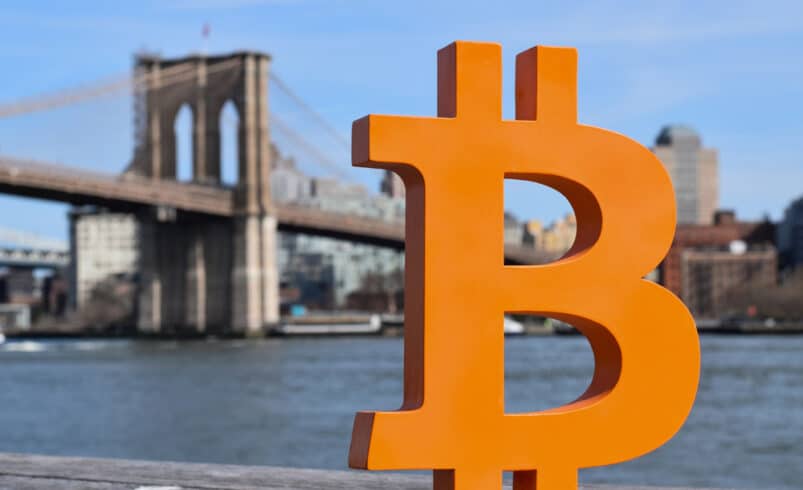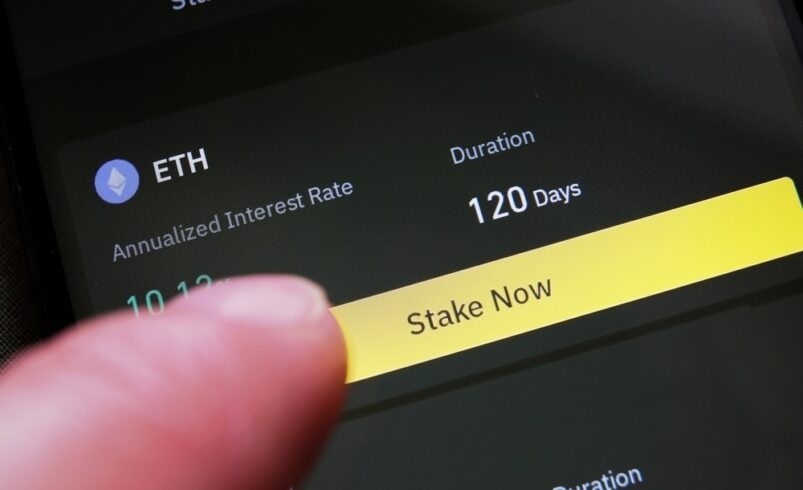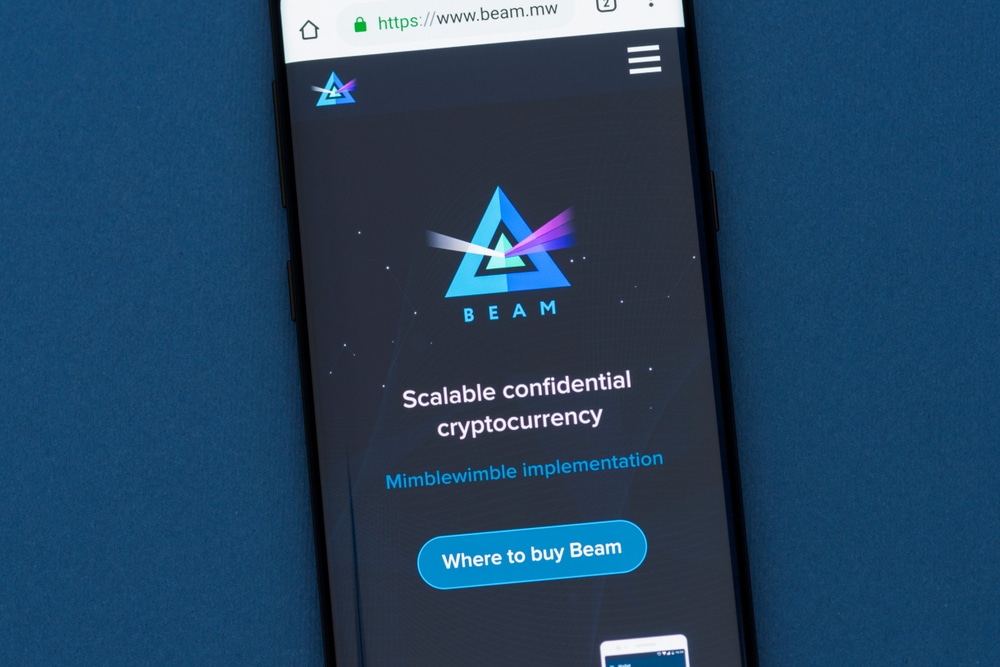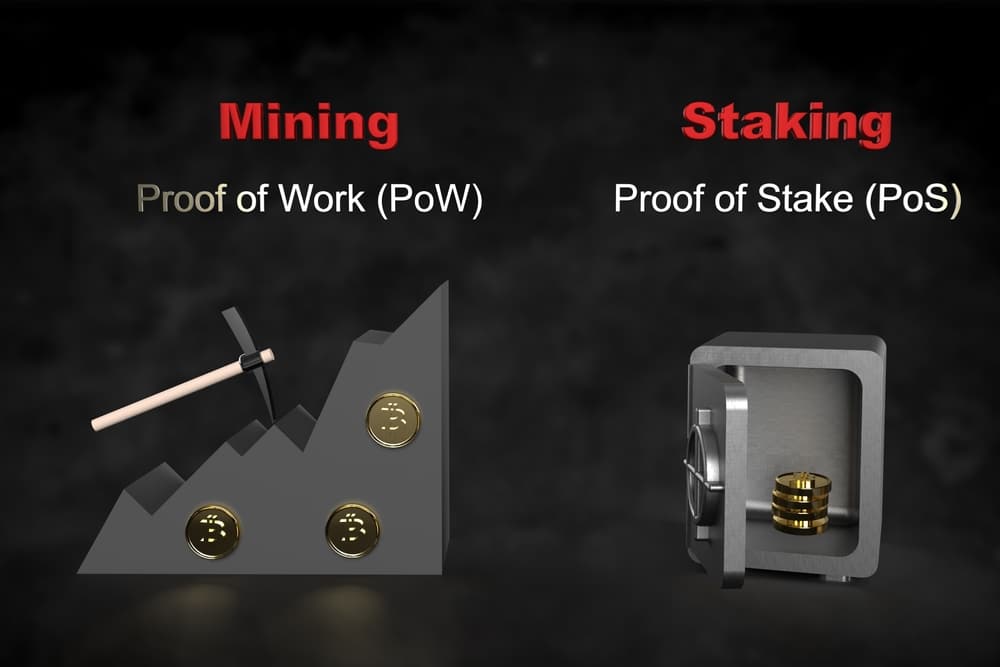Comprehensive Guide of Cryptocurrency Bridges and their Importance

In blockchain technology, bridges are critical in promoting interoperability between various blockchain ecosystems. The blockchain bridge concept is similar to a physical bridge, linking to distinct entities, in this case, distinct blockchain networks.
This addresses the lack of interoperability, a major problem within the blockchain sphere. After a developer develops their decentralized application (dapp) on a specific system, they are generally restricted to that platform with restricted opportunities to exploit other blockchains’ benefits.
Nevertheless, the emergence of blockchain bridges can allow developers to move their tokens from a single blockchain to another, leveraging various platforms’ benefits.
Cryptocurrency Bridge Explained
The bridges use a mint-and-burn strategy to maintain the consistency of token supply across all platforms. After a token leaves a blockchain, it is locked or burned, and a similar token is generated on the receiving blockchain.
The process maintains the token’s value during the shifting process. Further, the development of blockchain bridges has resulted in the advent of different types. This includes trustless and federated bridges that provide varying decentralization levels.
Trustless bridges operate via a decentralized network of agents, permitting all persons to be part of the network as agents. The agents are inspired to ensure the correct validation of bridge transactions. On the other hand, federated bridges’ operations are similar to permissioned or private blockchains. They have specific criteria to qualify individuals as part of the federation responsible for overseeing bridge transactions.
One-way or unidirectional bridges permit the movement of assets solely to the target blockchain and lack a reverse process. On the contrary, two-way or bidirectional bridges ensure free change of assets from and to blockchains.
Importance of Bridges in the Cryptocurrency Ecosystem
By allowing the free movement of data and assets across several blockchains, bridges aid in exploiting the special benefits every blockchain platform offers. For example, a developer may desire a particular blockchain due to its security attributes but might be affected by its reduced transaction speed. In this case, one can utilize a bridge to transfer the tokens to a quicker blockchain for processing.
Besides technical advantages, bridges have a wider effect on the blockchain ecosystem. In this case, they have inspired innovation by permitting developers to experiment with various blockchain groupings.
Bridges can promote alliances among several blockchain communities, which may create new protocols and standards. Bridges may also play a role in the development of the decentralized finance sector.
Through bridges, assets on a blockchain can take part in decentralized finance (DeFi) apps on another blockchain, increasing the user base as well as the apps’ liquidity.
Limitations of Bridges in Cryptocurrency
Bridges are affected by security issues, as illustrated by the $321M Wormhole bridge exploit in 2022. The bridges’ decentralized nature makes them susceptible to attacks due to the absence of a central authority to implement security measures.
Secondly, there is the centralization issue in the case of custodial bridges. In this case, one entity maintains custody of the bridged assets, resulting in concerns regarding control and trust.
Thirdly, there is the intricacy linked to the utilization of blockchain bridges. Despite several DeFi protocols incorporating bridges to lessen the weight of token swapping, this process might still be complicated and intimidating for those joining the space. This intricacy can be a barrier to entry and may impact the widespread adoption of blockchain bridges.
Future Outlook for Bridge Technology
Innovations and advancements in bridge technology are anticipated to play a critical role in molding the blockchain ecosystem. The demand for interoperability between different blockchain networks is increasing, increasing the possibility of bridges becoming more efficient and complex.
A significant innovation area is the creation of multi-bridges with the ability to link several blockchains. This would permit a flawless and more integrated blockchain system that promotes the free movement of information and assets across numerous blockchains.
There are efforts to ease the process of utilizing blockchain bridges. It entails enhancing user interfaces and offering all-inclusive resources and guides, easing the navigation process for users and developers.
Zone Crypto Invest provides exposure for numerous crypto businesses, and we invite you to join our community! Connect with us through our Telegram chat for any questions. Given the volatile nature of cryptocurrencies, always conduct thorough research before investing. Many articles on our website are sourced from guest writers or are paid content, and they might not reflect the views of Zone Crypto Invest's internal team. The opinions in these pieces may not always coincide with Zone Crypto Invest's stance. We do not vouch for the accuracy, quality, promotions, or any other aspects showcased on our platform. Please refer to our detailed terms of service and disclaimer for further information.








